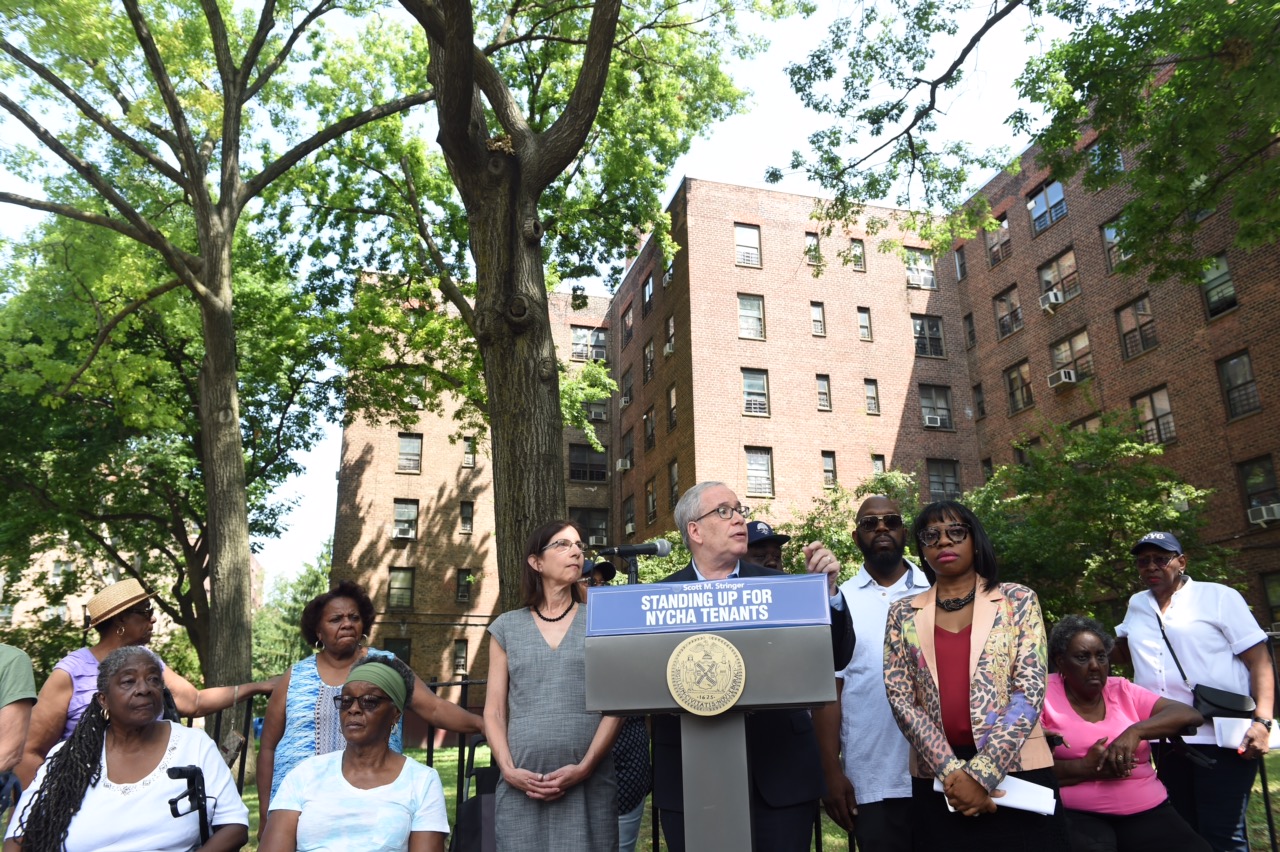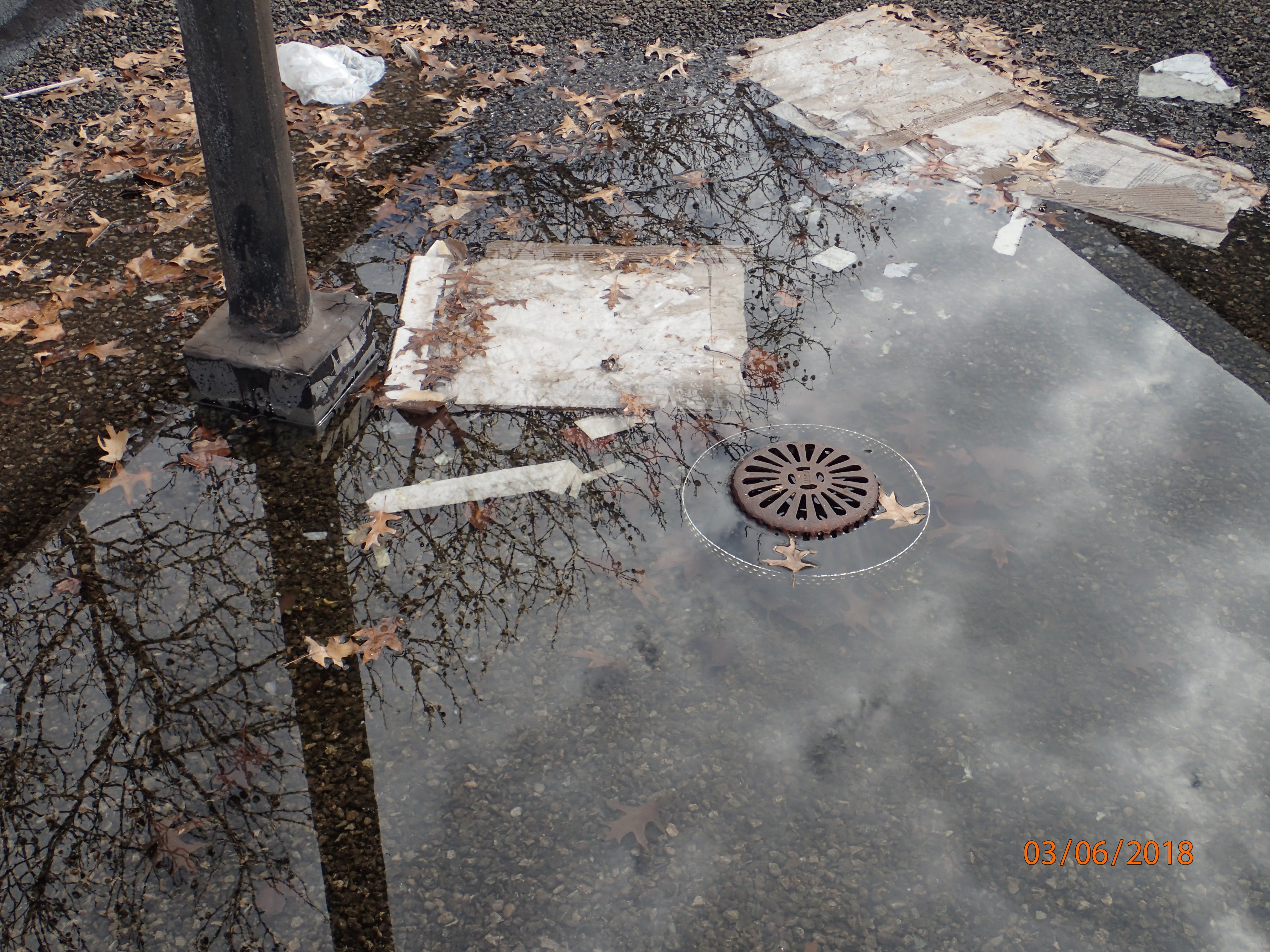Recommends Ban on All Forms of Fentanyl Analogs and Increased Funding To Police Labs and Medical Examiners
Bridget G. Brennan, New York City’s Special Narcotics Prosecutor and New York City Police Commissioner James P. O’Neill announced today the release of a Grand Jury report documenting the impact of fentanyl analogs on the opioid epidemic in New York City. The report is the first of its kind issued by a Special Narcotics Grand Jury.
Fentanyl analogs are powerful and harmful synthetic opioids that are increasingly linked to overdose deaths in New York City. Yet despite their lethal nature, fentanyl analogs are largely unregulated in New York State. According to an analysis of data from the Office of the Chief Medical Examiner (OCME) by the Office of the Special Narcotics Prosecutor (SNP), fentanyl analogs have contributed to approximately 900 fatal overdoses across the five boroughs since 2017.
The report details public health risks associated with fentanyl analogs, as well as challenges posed to law enforcement agencies and the scientific community due to the high potency and legal status of these substances. Grand Jurors reviewed more than 250 exhibits admitted into evidence and heard testimony from 72 different witnesses, including medical and forensic experts, civilian eyewitnesses and members of the New York City Police Department (NYPD), the U.S. Drug Enforcement Administration (DEA) New York Division and the New York Drug Enforcement Task Force, among others.
Two recommendations are directed towards the New York State Legislature:
- Adopt a “fentanyl analog statute” that effectively bans all forms of fentanyl analogs by classifying them as Schedule I drugs under New York’s Public Health Law, and
- Allocate additional funding for laboratories conducting analyses for controlled substances, including police labs and the offices of medical examiners.
Fentanyl analogs are closely related to illicit fentanyl, an opioid drug 50 times stronger than heroin. Both illicit fentanyl and fentanyl analogs are created in laboratories outside of the U.S. But unlike fentanyl, the majority of fentanyl analogs remain legal to possess and sell under New York State law. Slight variations to the chemical compositions produce a wide variety of potencies and enable distributors to skirt regulations.
Important tools like search warrants, wiretaps and arrests are unavailable to local law enforcement agencies if the substance being distributed is not regulated in New York State, even when deaths have resulted. As discussed in the report, the Grand Jury heard that investigations into overdose deaths linked to local drug distributors in New York City were slowed due to the uncontrolled status of the substances involved.
Special Narcotics Prosecutor Bridget G. Brennan said, “The Grand Jury report outlines a simple solution to a complex problem. A fentanyl analog statute will allow us to track ever changing formulations of a deadly drug and seize it before it can take the lives of more New Yorkers. I thank our dedicated staff, and those from the NYPD Lab and the Office of the Chief Medical Examiner for collecting critical information to present to a thoughtful and dedicated Grand Jury.”
“Fentanyl and its analogs have caused hundreds of fatal overdoses throughout our city,” said NYPD Commissioner James P. O’Neill. “Today’s Special Narcotics Grand Jury report – the first of its kind – describes just how lethal fentanyl is and how fentanyl ‘analogs,’ as they are known, exploit a legal loophole: Illegal drug labs stay one step ahead of law enforcement by creating slight variants to their recipe. The ‘new’ product is just as addictive and deadly, but the recipe is technically legal until its exact composition is prohibited by new legislation. That’s why the NYPD is standing with the Special Narcotics Prosecutor’s Office to call on the State Legislature for additional funding for forensic laboratories, so we can detect, analyze and track these deadly substances. We’re also calling for legislation that would ban all forms of fentanyl analogs, eliminating the existing loophole. Countless lives are depending on us to work together to end the opioid crisis, and today’s report and the recommendations it contains are critical to our ability to win this battle.”
Fentanyl analogs are unpredictable and sold interchangeably with heroin. This uncertainty creates a dangerous public health threat. Drug buyers who are unaware of the contents of the substance they are ingesting are at greater risk of accidental overdose.
OCME has tracked the harmful effects of these drugs, which are currently involved in approximately 40% of all overdoses resulting from a non-prescription opioid in New York City, usually in combination with fentanyl and/or heroin. Because fentanyl analogs are so potent, they tend to appear in low concentration during post mortem analysis, which may cause them to be underreported.
The constant fluctuation of fentanyl analogs presents challenges for forensic toxicology in New York City and across the state. Unique and unregulated fentanyl analogs have emerged in deaths in 2018, while other types disappeared. For example, furanyl fentanyl was the third most common analog contributing to overdose in New York City in 2017, but is now seen infrequently. Valeryl fentanyl, on the other hand, suddenly appeared in July of 2018 and has become one of the analogs most frequently involved in fatal overdoses in 2019.
Police seizures of fentanyl analogs in New York City have steadily increased since 2016, according to the New York City Police Department (NYPD) Laboratory, with new and distinct fentanyl analogs continually being identified. While each borough saw a significant increase in the number of NYPD fentanyl analog invoices between 2016 and 2017, the largest increases were in Brooklyn South and the Bronx. In 2018, the Bronx saw a significant increase over 2017 and had the most NYPD fentanyl analog invoices in the city.
In 2018, there were 14 distinct types of fentanyl analogs seized by the NYPD, with six that had not been seen before. In the first quarter of 2019, 12 distinct types of fentanyl analogs were identified, including one never seen before in New York. Efforts to better analyze analogs in recovered evidence are hampered by the lack of specialized equipment and necessary standards for comparative analysis at police labs.
Due to the considerable fluctuation between analog types, legislation is needed by New York State lawmakers to control fentanyl analogs and allow law enforcement to take actions to prevent them from causing more deaths. We must also provide additional resources to the scientific community including the NYPD Lab and the OCME to ensure they have the tools necessary to test and analyze these substances safely and effectively and to provide important information which will allow us to better understand the impact of these emerging substances.
Bridget G. Brennan thanked Assistant District Attorneys Susan Lanzatella, Nigel Farinha and Callie Lloyd, SNP’s Investigative Analysts Unit, the NYPD Laboratory, OCME, DEA New York Division, the New York Drug Enforcement Task Force, Brooklyn District Attorney Eric Gonzalez and Bronx District Attorney Darcel D. Clark.









